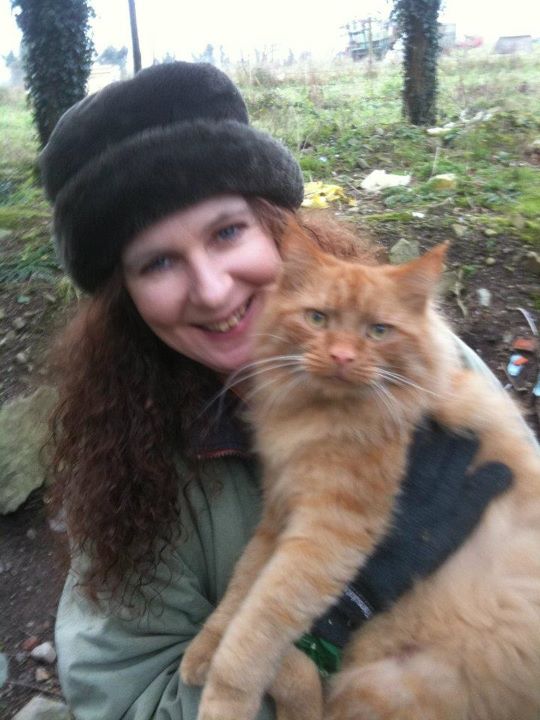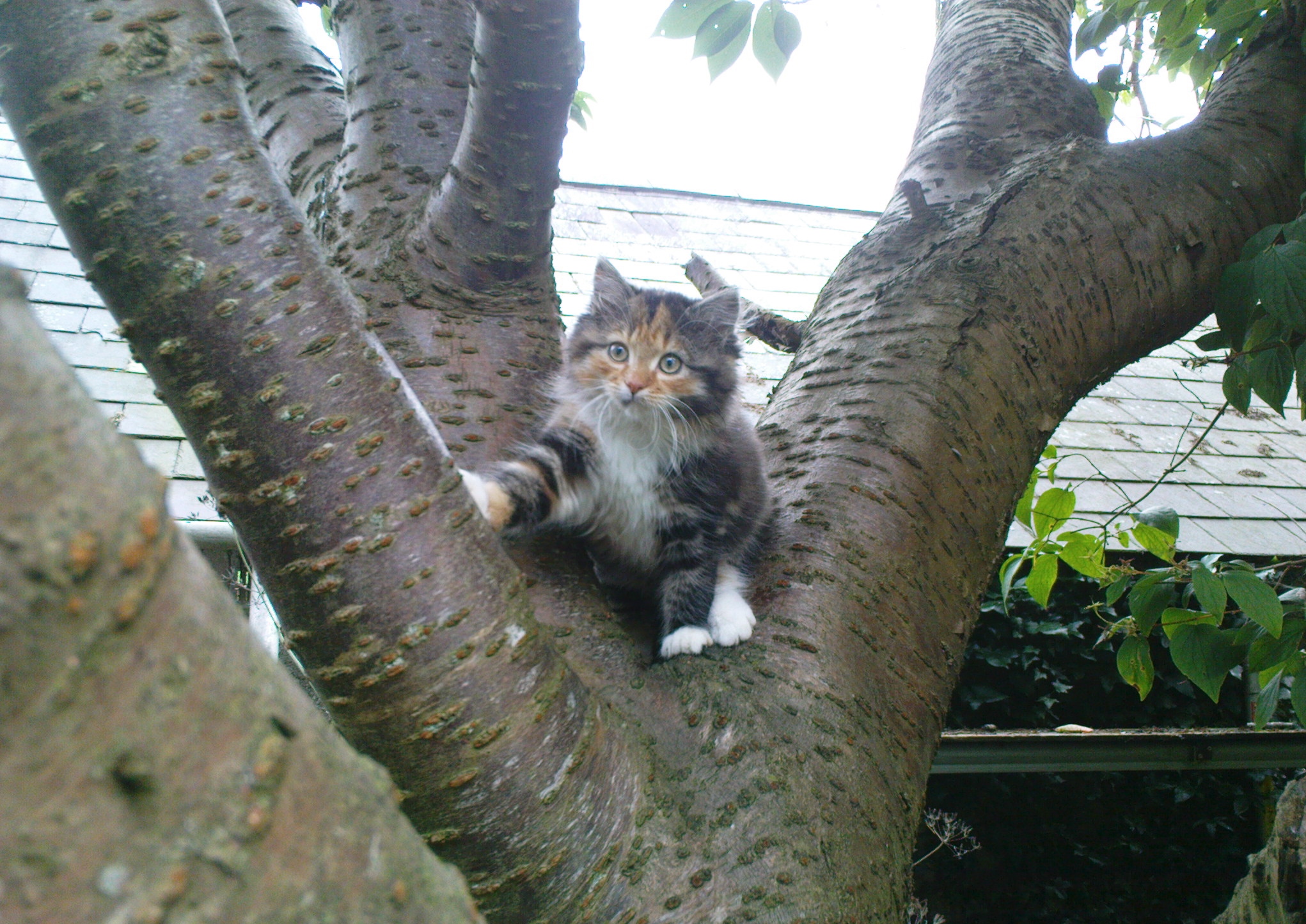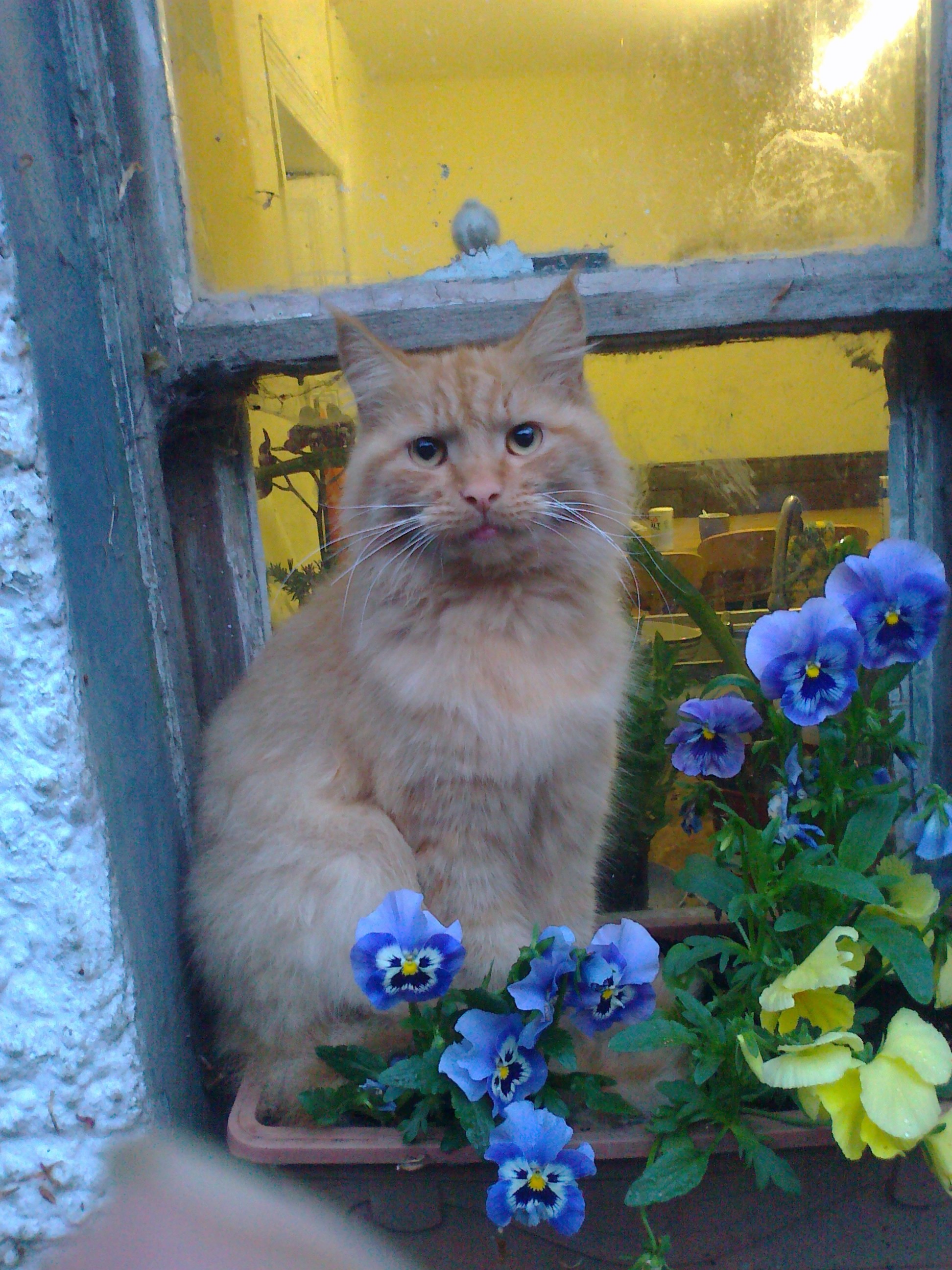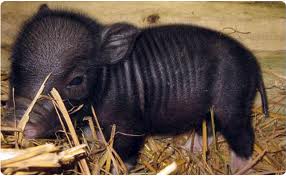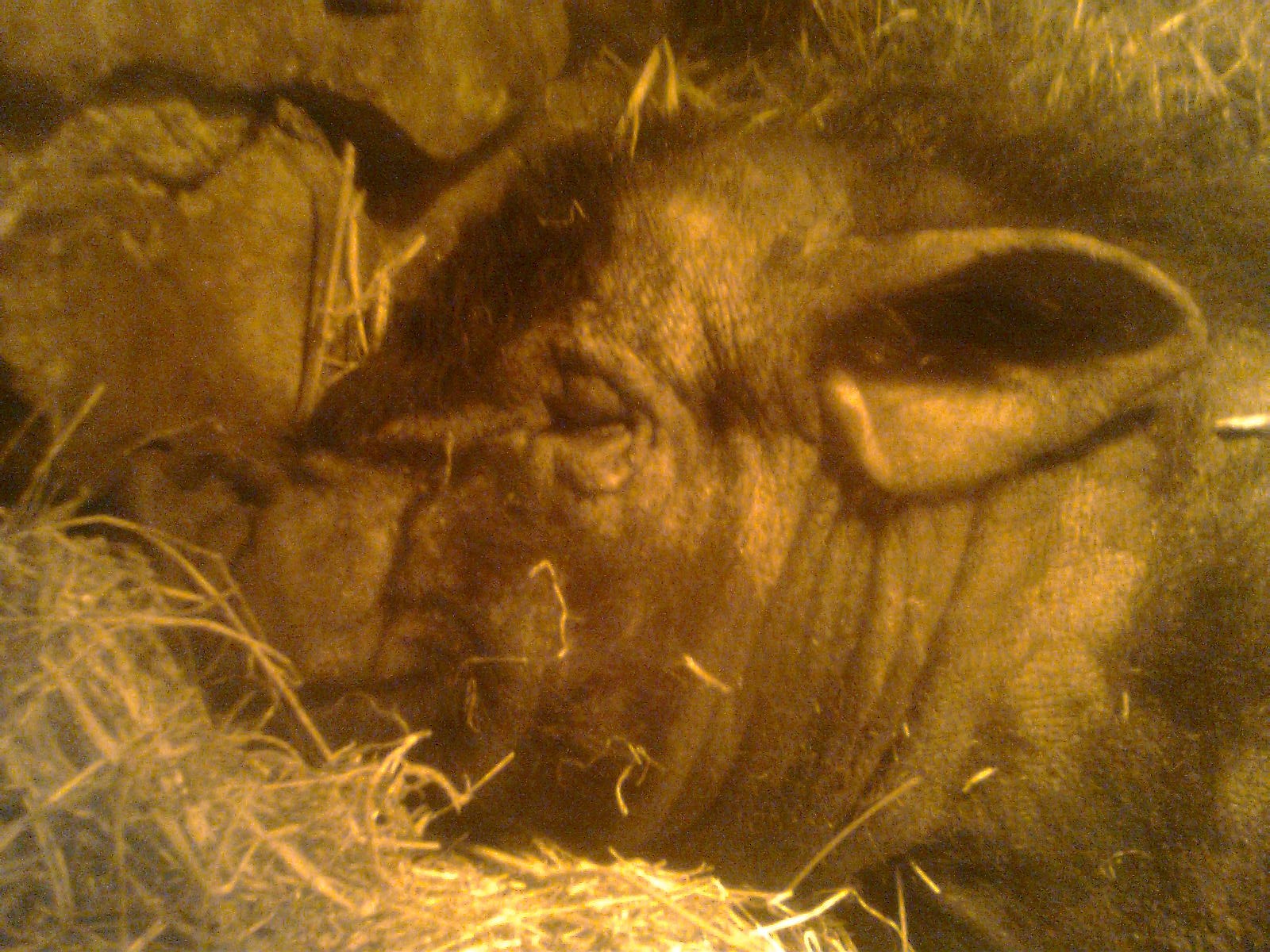Companion Animals An Apology to Holly
Holly’s body lies in the cemetery at Eden. Her story is all that remains of her life. Be mindful of it in your interactions with the non-human companions we bring into our world.
Companion Animals: An Apology to Holly
The animals of the world exist for their own reasons. They were not made for humans any more than black people were made for whites or women for men.
Alice Walker Foreword to The Dreaded Comparison: Animal Slavery and Human Slavery (1996) by Marjorie Spiegel
Most of the focus of the animal rights movement is required on use of other animals for food as the greatest exploitation of them is predicated by our view of them as food and not as individual, sentient beings whose lives matter to them. By comparison, the ethical issue of companion animals tends to fall near the bottom of the pile. It is difficult to ringfence exploitation because all the ways in which we use non human animals are exploitative, however benign we believe them to be. Furthermore, all forms of exploitation are interconnected by our unnecessary use of them and are, therefore, not compatible with veganism. It is useful, at the outset therefore, to remind ourselves of the definition of veganism coined by Donald Watson:
“A way of living that seeks to exclude, as far as possible and practicable, all forms of exploitation of, and cruelty to animals for food, clothing and any other purpose.”
All exploitation begins with the objectification of others and the view that they exist for our benefit and are less than us. The exploitation of others is an interconnected web which is why any response other than veganism does not make any rational sense. The interconnectedness of exploitation is evident, for example, in the dependence of the leather industry on the meat and dairy industries. Therefore, vegetarianism which avoids animal flesh but condones dairy, wool and leather is not a rational ethical response to animal rights.
It is impossible to use other animals without violating their rights, usually in ways that cause them harm. Regardless of how benign the context of use appears, when we view them as our inferiors and their purpose in life to serve our needs and desires, we are in a position of power and gain and they are the losers.
The status between working animal and companion animals is frequently blurred when they are also used as service animals in therapeutic, educational and psychiatric contexts. Similarly, there is a blurring of the boundaries of exploitation with the burgeoning popularity of keeping farmed animals as companions.
Humans keep companion animals for many reasons. Many of us have deep emotional bonds with the non-humans who share our homes and the other animals who have been bred into domestication require our care. Many human:companion animal relationships are characterised by respect, responsible care and mutual affection; indeed, many companion animals have been rescued from shelters, situations of abuse, neglect, or homelessness. Regardless of how well we treat them, our relationship to our non-human companions is tainted by the harm that our use of them inflicts by interfering at a species level and by regarding their purpose in life as one that meets our needs. In other words, caring for them and even loving them is not a justification for using them. Animal rescue is quite different from contributing to animal exploitation.
All companion animals originate from wild, free species. They are the result of domestication and inculcation into slavery for human ends. The motivation to domesticate other species is always for the benefit of the human species. Traditional companion animals such as cats, for example, were domesticated to be working animals who, because of their carnivorous nature, were adept at controlling the population of rats and mice that exploded with the advent of agrarian agriculture. Dogs were similarly domesticated for their ability to guard humans and undertake other forms of labour. Both species live very successfully and independently of humans in the wild. Our domestication of them has created a relationship in which they can never attain equality. We have made them dependent on us, for their most basic needs, and this dependency is key to their vulnerability to neglect and abuse. The facts of companion animal domestication do not detract from the integrity of our mutual affection but the bigger picture is one in which we have taken their freedom and purpose in life and moulded them for our use. As a result, significant numbers are left homeless, harmed by being used in breeding, and just like human children, abused behind closed doors. In addition, our demand for non human companions feeds an exploitative pharmaceutical industry, and depends on the slaughter of farmed animals to feed those who do not or cannot exist on a plant diet. The impact of the carnivorous natures of some companion animals on wild lives is also very significant.
I love the residents at Eden. Many of them have shared my home for a long time and I love them as much as I love any member of my own species. But the measure of my love is that I would sacrifice the positive gain of our relationship if it meant that every one of them could return to the freedom enjoyed by their ancestors, unfettered by our domestication of them.
Why do we strive to meet our needs for companionship and affection through other animals instead of each other? While most companion animals are used to meet our need for love and affection, entertainment, or to add meaning and purpose to our lives, there are used for other reasons too, many of them pathological. They are used as status symbols, for the novelty value they hold for humans, with scant regard for their own purpose and needs in life. This is evident in the upsurge in interest in keeping more unusual species such as reptiles. Other animal are also used as an adjunct to those with poor self-image, forced to live their lives for the purpose of portraying the absent or desired character type of their human keepers. This is particularly evident in the upsurge in popularity of people keeping animals whose natural character strengths are agility and physical strength such as some types of dogs or even lions and tigers.
There are many problems inherent in our domestication of other animals to be owned by us as ‘companions’. Their legal status as our property deprives them of their freedom and autonomy. The process of domestication makes them dependent on us for their most basic needs. Domestication has not obliterated their natural instincts which are frequently forcibly subdued in human contexts. Selective breeding of traits that are valued by humans are frequently harmful to them, leaving them defenceless and vulnerable, and often suffering painful deformities. They are forced to live as our property, dependent on our ignorance of them and thus they are frequently fed inappropriate diets, kept outdoors, or in extreme confinement, exposed to extremes of temperatures, forced to endure isolated, lonely existences without intellectual stimulation, emotional nurturing, or interaction with members of their own species and they are often deprived of adequate or timely veterinary care, or exposed to invasive and harmful veterinary care. There is a very lucrative and immoral trade in ‘exotic’ and ‘wild’ animals that involves theft of beings from their natural environments and their social groups, to be used and bred for the whims of our human demand for entertainment. Search any of the free ad newspapers today and you will find a range of wild animals being bred and sold into captivity, including other primates. Many of these beings spend their miserable lives in cages, suffering enormous physiological and psychological stress in our alien world. They are often left to starve or otherwise abandoned as soon as their novelty value wears thin. It is inappropriate and wrong to force them to live in our world when we could quite amicably live together, in freedom and equality, on this shared earth.
There has been a recent burgeoning of popularity in keeping farmed animals as companions, and an accompanying upsurge in breeding them for characteristics that alter their relationship to us so that instead of being larger, stronger, more agile and faster than us, they are miniature versions of their original species, easily managed and controlled by us. Promoted by celebrities and mercilessly advertised by breeders as appropriate companions, in addition to being inaccurately described as capable of living amicably with other companion animals who are their natural predators, these beings live tortured lives.
Holly is a case in point.
Holly was purchased as a micro-pig who grew to be a full-sized pot bellied pig. She was forced to live in the highly inappropriate environment of an urban city, confined in a small garden behind a terraced house, her only companion an unneutered male Rottweiler.
The Lives of Pigs
Pigs are highly social animals. In the wild they live in matriarchal groups characterised by complex social relations. Their problem solving skills are great than those of dogs and human children. They have the same ‘theory of mind’ as humans which enables them to attribute mental states to others, understanding that others have beliefs, desires and intentions that are different from their own. Pigs are capable of profound empathy with others. Scientific studies show that they experience highly complex emotions that are directly related to their environmental experience, including states of optimism and pessimism. Like us, they become depressed and hopeless in response to negative experiences.
Like all mammals they have very close mother-infant bonds. Mothers engage in nest building prior to giving birth and sing to their infants as they nurse them. Mothers lactate in response to a series of auditory and olfactory systems of communication. Infant pigs massage their mother’s teat with their snouts during which she vocalises by grunting at slow, regular intervals. Each series of grunts varies in frequency, tone and magnitude, indicating the stages of nursing to the piglets. The phase of competition for teats and of nosing the udder, lasts for about one minute, and ends when milk flow begins. The infants then hold the teats in their mouths and suck with slow movements, and the rate of the mother’s grunting increases. Her vocalisations peak not with milk flow but rather with the release of oxytocin from the pituitary into the bloodstream. We share this very important hormone with other animals, its role pertinent in maternal bonding and other social interactions. During the period of main milk flow the infants suddenly draw back slightly from the udder and start sucking with rapid mouth movements. The mother grunts rapidly, lower in tone. Finally, the flow stops and so does the vocalisation. Infants may dart from teat to teat and recommence suckling with slow movements, or nosing the udder. Piglets massage and suckle the sow’s teats after milk flow ceases as a way of letting their mother know their nutritional status. This helps her to regulate the amount of milk released from that teat in future sucklings. The more intense the post-feed massaging of a teat, the greater the future milk release from that teat will be.
This glimpse into the highly complex cognitive, social and emotional interactions between mother pigs and their infants is indicative of their sentience.
At the outset, breeding animals into the companion animal industry deprives them of their right to this most sacred of social bonds, the mother:infant relationship which is the rock upon which future learning, socialisation and psychological functioning is built. Perhaps this is the reason why the mother-child bond was so prominent a thought in my mind during Holly’s short stay with us at Eden.
Holly
Holly arrived at Eden following an advertisement seeking an urgent home. She had, apparently, already exchanged homes once in the past when she became unwanted following the arrival of a new baby. When we went to collect her, she was already very ill, in a state of fatigue, terror and collapse. It is always difficult to ascertain a true picture of the history of the lives of the residents prior to arrival at a sanctuary but we know that Holly was starving, all scraps of food being swiftly taken by her canine companion. We know that neither Holly nor the dog was ever given health care, not even for basic parasite control. We also know that because of human neglect to neuter the dog, he was attempting to mate with Holly. We can only guess at how horrendous her life might have been or what assaults her mind endured but her beautiful body told its own story. She was extremely emaciated, with her ribs visible. Her skin was mange ridden, and bore the impression of old and fresh bite wounds and scratches. All four lower legs bore bite wounds; there was a relatively fresh puncture wound in her left side, a long fresh wound on her back, and her back right leg was very bruised and swollen. Her face, ears, and head were also scarred. Several of her teeth were missing.
Figure 4 Holly’s Beautiful Face
She arrived at Eden, unsurprisingly, in a highly traumatised and defensive state, vocalising loudly, baring her teeth and snapping defensively. She barked at us, giving us the first indication of how destroyed her identity had become by her entrapment with only a dog for company, and with no one of her own species to communicate with. It is difficult to describe her unearthly and terrorised utterances as she moved into the barn we had prepared for her at Eden: words fail me as I try to describe the horror she expressed in her mixture of canine and porcine barks, growls, and screams.
Pigs are exceptionally sensitive beings and intolerant of stress. It is likely that Holly was already too ill to cope with the stress of transport and a new environment. She was stressed to the point of insanity, evident in her extreme fear, her attempts to hide her nose in bales of straw and in her stereotypical behaviours such as chewing the stone walls of the barn and shaking her already twisted head.
We provided her with veterinary care, a peaceful enriched environment, with a bed of hay and straw, fresh water and good nutrition. However, apart from her initial attempts to make a bed on the straw, Holly was too ill to recover. Within a short time she developed lock jaw, paralysis of her back legs, and a high fever. She was diagnosed as suffering from stress induced oedema. Unable to move, and completely dependent on us, her illness during those final days of her life allowed her to overcome her terror of us. We were able to administer prescribed drugs and she allowed us to comfort her and to syringe feed her. We were grateful for the veterinary care that relieved her pain and seemed to take the edge of her desperate stress and terror, enabling her to sleep at ease on her bed of hay and straw under a heat lamp. Help for sanctuary workers at these crucial times in the lives of the residents is deeply appreciated and never forgotten. The help we received from our good friend Declan, from Kit, our neighbour who was more familiar with pigs than we are, and from our volunteer worker, Vivienne, and the advice we received from our vet, who was sympathetic to our efforts, enabled us to care for Holly as best we could.
Holly made as brave an attempt to recover and to fight for her life as I have ever witnessed. The courage of this two year old girl deeply humbled me and all of us who cared for her. She died peacefully on Valentine’s day, in the early hours of the morning.
Her character and the suffering she was forced to endure in her short life made a lasting impression on all of us. In our outrage at her wasted, tormented life, there was nothing more we could do for her apart from honour her in our human ways. We had a funeral for her where our volunteer Vivienne read a poem she wrote for Holly. We sang and played music, mindful of the acute sensitivity of pigs to auditory stimuli. I read the following apology to her.
Her body lies in the cemetery at Eden. Her story is all that remains of her life. Be mindful of it in your interactions with the non-human companions we bring into our world.
An Apology to Holly
I write this for you, Holly, in the hours and days following your death. You died on Valentine’s Day, a day when many humans think about love. My own heart is heavy now as I try to imagine your life with its total absence of care, deprived of the companionship of your own species, trapped with individuals who had no concept of their duty of respect towards you. I think about how much we have grown to love and respect you in the few days you were with us as I watched the most courageous battle to live that I have ever witnessed.
What happened you was the antithesis of love. It was the antithesis of every virtue that humans lay claim to, as we falsely imagine ourselves superior to all others. Your life at human hands was a gross injustice to you, and was meted out to you simply because you were a member of a species other than human. Your life was a series of violations that your sensitivity could not withstand. It is a mark of your character that you withstood it for so long.
So this is also an apology to you, Holly, for what our human species did to you.
It was not for reasons of love, but reasons of profit, that bred you into this world, to be sold as a slave for someone else’s entertainment, someone who disregarded your essence, and your right to exist for your own reasons.
It was not love for you that allowed you to be bought on a whim, like an inanimate toy for selfish human reasons of novelty, or status, or to alleviate boredom, bolster esteem, or give meaning to an empty life.
It was not love for you that allowed them to neglect the most basic of your needs; to cage you in a small city garden, as far removed as possible from the woodland and mountains of Vietnam where your ancestors lived and your soul yearned to be.
It was not love for you that allowed them to abandon you when you grew to adult size, or when someone better came along.
Their actions may not have been intentional. Nevertheless, the impact on you cost you everything. It was a callous lack of understanding and disregard for your nature and your sensitivity that allowed them to put imprison you with a being who, through no fault of his own, would become your tormentor, and to fail to protect you or help you before it was too late. It was utter ignorance that failed to see that your intelligent capacity to mimic your tormentor was your desperate cry for help, your attempt to communicate to him your need for food, bodily integrity, and safety. There was obviously no one else for you to communicate with; you had no escape.
You were treated as if you did not matter. But you mattered as much as any human being on this earth. In life we could do little to help you. But you still matter to us and I will make sure that your tormented life and your death will help educate to prevent this from happening others. I am only sorry I could not help you. In the days you were with us we saw your flailing terror weaken as illness forced you to trust us and accept our help. We saw your tremendous strength of character, and the gentleness that was yours by right. We would have welcomed your life with us at Eden with open arms; we would have respected you, valued you, been your friend. I have no doubt you would have loved it here. We hope you knew some of the love and respect we felt for you.
As you lay dying from the damage this existence inflicted on you, I tried to comfort you by singing to you as your own mother would have done. Did you ever hear her sing or were you taken from her to be sold before you ever suckled her?
It is cold comfort to sing to you now that you are gone, but we sing regardless to honour you and in our desperation at your loss, choosing themes that reflect your life: folk songs that tell of betrayal and abandonment, and a lament for sorrow, from a daughter to her mother, appropriately composed from an inscription scrawled on the wall of a Nazi prison cell in Poland during World War II.
You arrived here from your own Nazi prison, a tormented soul, driven insane from the assaults on your body and mind. You were cold, hungry, weak, sick, and terrified. Your beautiful, lifeless body bears the scars of your tortured life, indelible brush strokes of the human brutalisation of you.
Every resident at Eden is my teacher. Already you have reminded me that we do not have to view those like you as food in order to destroy you. Merely viewing you as ours to use, for the most trite of reasons, is enough to utterly destroy you. Your short stay with us has been a lesson in humility for me: I wanted to give you the paradise of life at Eden that you deserved but you were already too badly harmed. The suffering humans inflict on individuals like you is sometimes too great for any sanctuary to heal. Some, like you, come here to die.
There are some wrongs we can never fix; and nothing can make right your life or your death.
Farewell Holly.
Music
If you would like to hear the music we chose for Holly you can listen here:
- The Snows They Melt the Soonest, Dun an Doras https://www.youtube.com/watch?v=xEHm1couLTU
- As I Roved Out, Planxty: https://www.youtube.com/watch?v=OQr3-qyrMUY
- Henryk Gorecki-Symphony No. 3: II. Lento E Largo – Tranquillissimo https://www.youtube.com/watch?v=R90vDLHGs1Q
References
Algers, B. (1993) Nursing in pigs: communicating needs and distributing resources. J. Anim. Sci. 71, 2836-2831.
Blackshaw, J (2003) Notes on Some Topics in Applied Animal Behaviour, Chapter 3, Behaviour Profiles of Domestic Animals: Pigs. Brisbane, Australia. https://animalbehaviour.net/AppliedAnimalBehaviourTopics.htm (Accessed 8 March 2013)
Burne, T.H.J., Murfitt, P.J.E., and Johnston, A.N.B. (2001) PGF2α induced nest building and choice behaviour in female domestic pigs. Appl. Anim. Behav. Sci. 73 (4), 267-269.
Castren, H., Algers, B., Jensen, P. and Saloniemi, H. (1989) Suckling behaviour and milk consumption in newborn piglets as a response to sow grunting. Appl. Anim. Behav. Sci. 24, 227-238.
Graves, HB (1984) Behaviour and Ecology of Wild and Feral Swine (Sus scrofa). Journal of Animal Science, 58(2): 482-92.
Watson, L (2004) The Whole Hog: Exploring the Extraordinary Potential of Pigs. Washington DC, Smithsonian Books.
Published in Global Looking Glass: https://www.globallookingglass.com/


